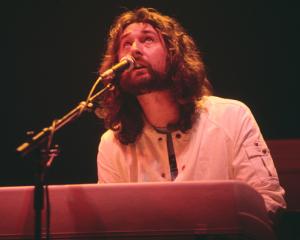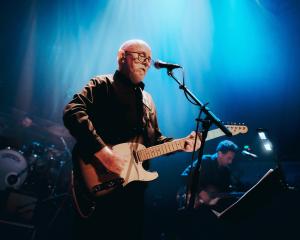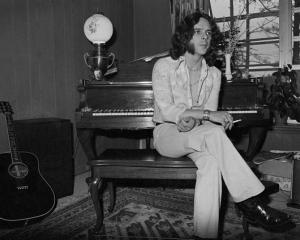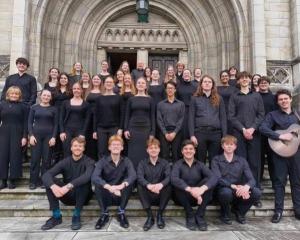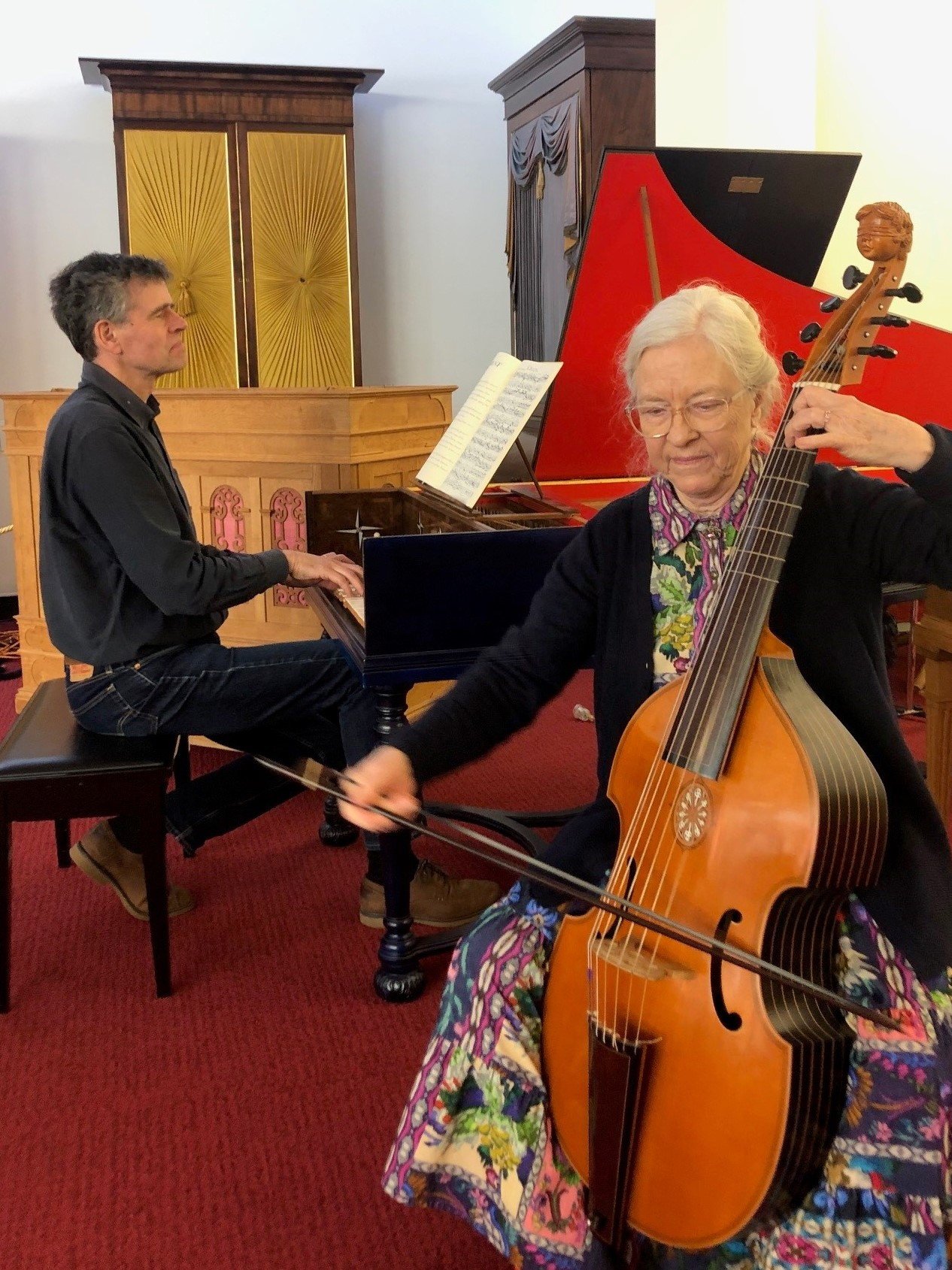
All Saints Church’s old-worldy, serene atmosphere and ambience was ideal for Thursday evening’s 18th century repertoire recital ‘‘An Evening at Versailles’’, by Polly Sussex (viols) and David Burchell (harpsichord). The pair have given six performances in Central Otago and Oamaru.

A four-movement work, Sonata IV in G major for harpsichord, by Jean-Baptiste Barriere (1707-47), was a highlight, as Burchell brilliantly conquered frantic scalic runs and florid character, especially in the opening adagio which belied the title’s meaning.
Premiere Suite in D minor for bass viol and continuo, by Antoine Forqueray (1672-1745), followed, with the six movements named after people. This work, published in 1747, featured a bass viol — a beautifully crafted deeper-toned modern replica with seven strings, the lowest string tuned to A.
During the interval, the audience inspected the instruments, talked with the musicians and marvelled at performing difficulties, especially bowing across seven strings.
Sonate V in B flat major (for a six-string pardessus viol) with Jean-Baptiste Barriere continuo opened the second half of the programme. La Guitare for bass viol, a more lyrical piece by Marin Marais dated 1711, followed.
Dixseptieme Ordre in E minor for harpsichord, by notable French Baroque composer Couperin (1668-1733), was crammed with ornamentation and strong dancing rhythms.
The final work of early 1700s music was Troisieme Suite in A major for bass viol and continuo, by Charles Dolle (1735-55). Six contrasting movements included Tambourin and Le Carillon, both performed with title-matching character.
This recital was a much appreciated, enjoyable and musically educational one.




